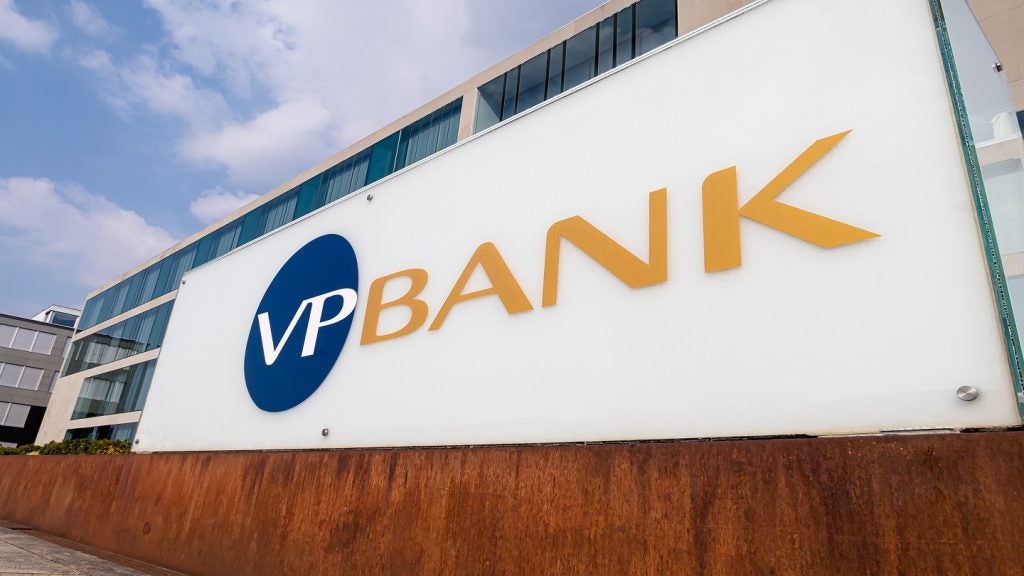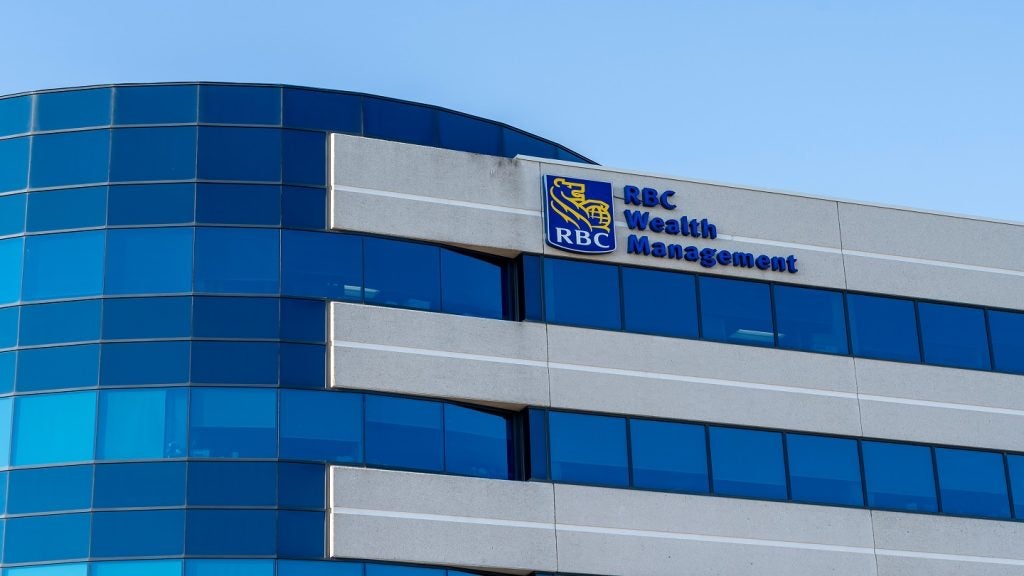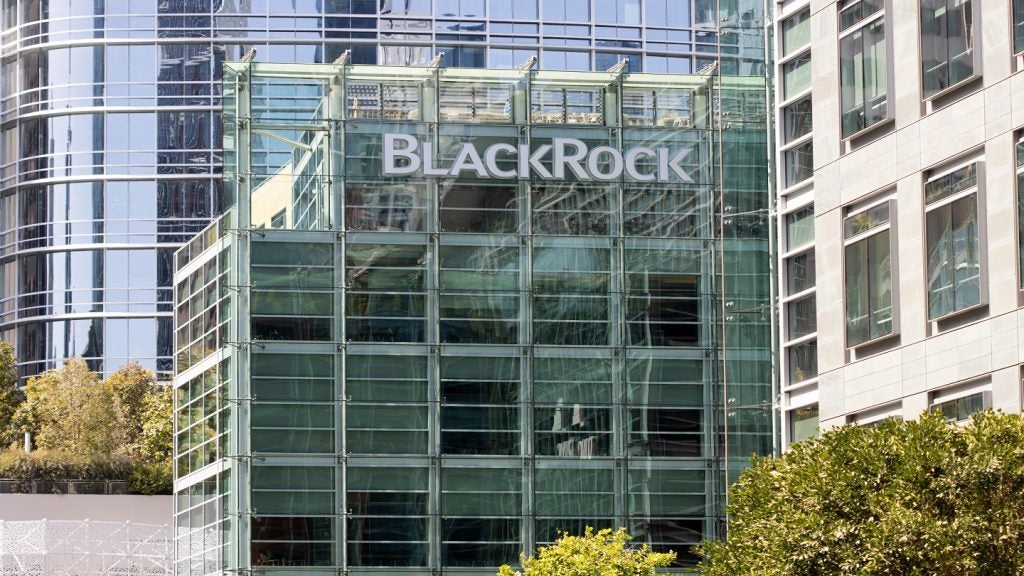Feri Family Trust is set to continue expanding through
its new parent, German advisory firm MLP, next year and plans for
opening a Singapore office appear on the horizon. Maryrose Fison
finds out that its growth strategy is set to rekindle after
navigating the volatility of the financial crisis, although testing
times remain.
 Feri Finance Group has come a long way since first
Feri Finance Group has come a long way since first
opening its doors to wealthy German families nearly two decades
ago. Michael Stammler, a director of the group and the man credited
with founding the firm’s wealth management arm, is in no rush to
forget the journey the company has made.
Founded in 1987 as a multi-family office, the
firm began operating from a two storey building on the outskirts of
Bad Homburg.
The building belonged to the well-known Quandt
family, then a founding shareholder in Feri, and the company’s
ten-strong research team occupied what had formerly been the
family’s fitness studio. Stammler joined the firm in 1991 and it
was while sitting on the second floor overlooking Frankfurt to the
south that his vision for a wealth management arm, which became
Feri Family Trust, began.
“I had been active in portfolio management in
my own company before joining Feri and I realised there was a
better way to service people and find wealthier clients than
before,” he says.
His goal could not have been better placed
geographically, with Bad Homburg claiming the second-highest
concentration of ultra-rich families in Germany after Stammberg in
Munich.
Astute investment
Underpinning Stammler’s wealth management
strategy then, as with now, is an approach that uses local fund
managers. The reasoning is that a fund manager based in the same
country as his selected listed companies, will have a more informed
view of performance, benefiting the end investor.
“Think about it,” says Stammler. “If you had
€1m [$1.3m] to invest and your bank adviser told you to invest 10%
of your money in Japanese stocks although he had never been to
Japan himself, how could you trust him? The approach we take is to
look for the most active managers within their region. Tapping into
that kind of resource makes a great difference.”
It is an approach that has stood Feri
Family Trust in good stead. The firm now counts more than 200
family clients as its own and, together with the institutional
asset management division, has €15bn in assets under management
(AuM). About 90% of its family clients hail from Germany, with the
remaining 10% in Austria and, more recently, Switzerland.
Unlike other wealth managers, most of the
firm’s clients have old or inherited wealth and originate from the
famous German Mittelstand (long-established medium-sized
businesses).
The wealth management arm was further bolstered
early on by Stammler’s astute use of mutual fund managers as an
alternative to the company’s segregated fund manager approach.
“Mutual funds produce far better results than
segregated accounts: They are easier to track, better to control,
easier to change and more tax-efficient,” he says.
Five years later, the firm merged the two
approaches and is now one of the largest buyers of mutual funds in
Germany. In 2000, the number of staff had grown so much it
relocated into a building twice the size in the heart of Bad
Homburg.
Growth has continued steadily. In the past four
years, the number of family clients has grown by 25% and AuM have
soared by more than 40%. And, although the minimum amount of money
to invest continues to stand at €5m, the average size of mandates
has quadrupled.
“In the past four years we have put more
emphasis on [getting] even larger families, so in terms of gaining
clients, we tend to gain larger clients than we gained before,”
Stammler says.
Now, the average mandate size starts at €20m,
significantly up from the €5m minimum it started taking family
clients on at 20 years ago.
Singapore beckons
 As the number of clients has grown, so too has the firm’s
As the number of clients has grown, so too has the firm’s
global remit. In 2008, the firm opened its first branch in Austria
and last March, it set up a third office in Switzerland.
The positioning of the firm in St Gallen was as
a shrewd strategic move. Well-known as a magnet to wealthy
families, like Bad Homburg it provided the perfect Swiss setting to
approach potential new clients. In less than a year, it has already
recouped the costs of setting up, attracting almost ten new
clients. Progress in St Gallen is also key to the business’ future
strategy. It is being viewed as a litmus test to gauge the success
of future overseas offices.
For two years, the firm has been planning to
set up an office in Singapore. If all goes to plan, an office could
be up and running there before Christmas.
“This would address the South Asian market,”
says Stammler. “And if we succeed in internationalising our
approach in Switzerland and Singapore, it will show us we can do it
in Hong Kong or Bahrain or elsewhere.”
He estimates setting up in Singapore would cost
about €1m to €2m and the firm would hire a handful of consultants
to work in the country while a portion of work would be transferred
to and conducted within the European branches.
“We would hire about five new consultants on
the provision that a lot of the services could be rendered through
Switzerland and Germany – otherwise you would need about two times
the amount [of consultants]. For ten clients, you would [then] need
about ten people,” Stammler says.
Goals are important to the firm and for
Singapore to be successful, Stammler sees the office signing up no
less than ten family clients within two years of launch. The goal
is to accumulate €500m to €1bn AuM with it.
It is an ambitious goal, but one he is
confident they will achieve.
“Our advantage is that we have done this for
20-plus years. Our reporting can be in English or other languages.
Our accounts can be wherever they may be, so we have a lot of
things already to hand,” he adds.
Tapping new markets
International growth forms just one
dimension of Feri’s overall business strategy. Four years ago,
German financial advisory firm MLP bought a majority stake in the
business. Next year, it will exercise its right to acquire the
remaining shares, giving it 100% ownership. Feri will retain its
branding and independence and expects it will open a whole new
sphere of business opportunities within MLP’s established private
banking.
“The most important thing in our business is
access and they have access,” says Stammler of MLP’s estimated
700,000 clients. “One of our goals is to find a good way to tap
into this vast, private banking market. This is the challenge for
the next five-year plan and will be closely co-ordinated with MLP.
We think that one of the major strengths will be to have a partner
that is around the clock 24 hours, seven days a week and wherever
the clients want him.
“It is a huge opportunity and when we have
finalised our plan, I believe we will be able to manage it
successfully without giving up our specialty which is servicing the
top-client tier.”
The firm is also thinking of ways to harness
the combined energy of the two workforces. This ties into the
firm’s attitude towards staff retention. Staff stay with the firm
on average for ten years and the firm is averse to the
revolving-door approach sometimes seen in larger financial
institutions.
“What we don’t want is teams which join and
then after two years leave again,” Stammler says. “There is a kind
of merry-go-round that you see among the big banks and investment
houses in Europe. A team joins one bank, then moves to another,
then moves to another and sometimes they end up back where they
started. This is something we try to avoid.”
The firm’s philosophy could be why staff tend
to remain working at the firm.
Sustainability and family structure are two
areas Stammler says he always stresses. The firm has a level
approach to new recruitment, and only hires when it fits into the
overall strategy. Between 2006 and 2007, around 50 new members of
staff were employed but the company held back from further
recruitment in the next two years to let new staff integrate
properly.
Testing times
 The past two years were also marked by the onset and
The past two years were also marked by the onset and
fallout of the credit crunch. Feri Family Trust, however, has not
lost a single client. Stammler says this can be attributed to two
factors – the company’s emphasis on maintaining long-term
relationships and its ability to adapt to rapidly changing
conditions.
As banks crumbled, Feri made the sharp decision
to apply some of the investment techniques it normally reserved for
institutional clients to its very wealthy clients.
“For our very wealthy clients we used risk
overlay management where we were analysing the overall risk of
portfolios on a daily basis and reshuffling the risk budget. It is
a complex mechanism we originally developed for the institutions,”
Stammler says.
While some loss was always going to be
inevitable, with equity markets plummeting as much as 40% in the
crisis’ blackest weeks, it was able to limit the loss on most of
its portfolios.
The result was that many mandates lost between
1% and 2% and those mandates with a more aggressive approach have
since made up the losses.
“Those who took a conservative approach did
well because they only lost about 1% to 2% and they have gained 5%
to 7% since then. Most of the portfolios are positive compared to
the beginning of 2008,” he adds.
But the knock-on effect of the market mayhem
was to have a more profound impact on investor behaviour.
Stammler recalls clients expressing a
widespread reluctance to invest money in risky assets for more than
half a year – significantly reducing growth and recovery
potential.
“In the first half of [2009] we had no [client]
movement whatsoever; not out, not in, because people were holding
back and the people we were trying to get as new clients were
sitting tight,” Stammler says.
“They had their money in cash accounts and they
just did not know what to do. They were scared to hell that the
rest of the money would go down the drain as well and they were not
able to move.”
It was only in the second half of 2009, that
the mood began to lift, with clients reinvesting in equities and
new clients climbing on board. In the past year, AuM across the
whole group have grown by €1bn.
In spite of the change in appetite, the firm
has not lost sight of the irrational nature of markets, investors
or regulatory institutions.
“Now the world is getting back to normal and
that is also dangerous because not so much has changed yet. It is
still a period of easy money,” Stammler cautions. “You never know
when the central banks will stop easing money and cutting back on
that and what the ripple effects of that will be. There are a lot
of other things to come so there is still a huge uncertainty we
have to deal with.”
Market turmoil may be far from over but with
its careful and analytical approach, Feri Family Trust looks set to
navigate confidently through the current uncertainty.







